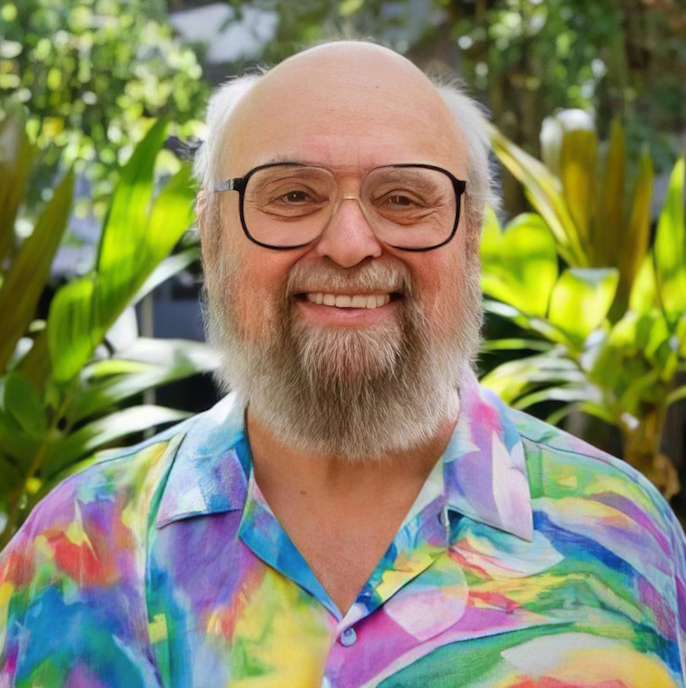
Speaker: John Learned
Institution: University of Hawai'i at Mānoa

Date: Thursday, April 25, 2024
Time: 3:30 pm
Location: ISEB 1010
Abstract: Neutrinos are certainly the strangest of long lived and stable elementary particles. Having millions of times smaller weight that the electron and possessing a probability of negligible interaction with matter as they traverse the sun and earth, they thus show negligible attenuation in transit (at least at lower energies). But unlike other stable elementary particles (proton and neutron), the neutrinos (electron, muon, and tau) each consist of three distinct superposed mass states (quantum weirdness) whose wave packets each travel a slightly different velocity. When a neutrino interacts, it reveals the instantaneous overlap of these states and this changes with distance, allowing what may start as a muon to reappear as a muon, electron, or tau. It is a curiosity that at least in principle (though as yet impractical) we could measure a beam or burst of neutrinos from a remote source and learn how far they had traveled via the unique mix of partles they produce. Neutrinos unlike any other, carry a memory of their time since production, and "know their age". (Think of an astronomy where we could tell the age of the photons).
There are two major categories of neutrinos arriving on earth. One is the electron anti-neutrino which carries away about 5% of the energy of our sun and all stars. We cannot detect the sum of these neutrinos from all stars yet due to the overwhelming local solar flux, but we surely live in a gale of such from all of the universe. The other neutrino category arrives from those produced by higher energy collisions, in the energy range of protons and more, GeVs of energy and up to the highest energies seen in cosmic rays (~10^20 eV, millions of times more that our human made particle accelerators). This promises the ability to see the universe in a new astronomy, distinct from photons (light), and facilitated by recent observations mostly coming from the Ice Cube deep ice neutrino installation at the South Pole (soon also from KM3Net in the Med, and others following).
Neutrinos having been hypothesized in 1930, were first observed Reines and Cowan in 1956. Since then, people have been dreaming of cosmic neutrinos permitting us to see the universe in a new light. The first person to push the idea was M.A. Markov with much discussion at the International Cosmic Ray Conference in 1973. A group of us got together at the next ICRC and started making plans, with the first summer DUMAND meeting in 1975 in Bellingham Washington and continuing with a landmark meeting the next year in Hawaii. Art Roberts and I moved to Hawaii in 1980 and initiated a DUMAND center which proceeded to host a dozen meetings and workshops over the next decade and a half. Meanwhile the international DUMAND Collaboration undertook ocean properties measurements and detector development. DUMAND was deemed to be making too slow progress by the DOE and cut off in 1995. But the hints at disappearance of cosmic ray muon neutrinos coming through the earth, along with the fortuitous theoretical speculation about possibly measurable proton decay enabled the construction of the IMB detector, starting operation in 1983 followed by the Kamioka detector in 1986. The merged IMB and Kamioka groups got the 10,000-ton SuperKamiokande detector into operation in 1996 and published the 2015 Nobel winning discovery of neutrino oscillations in 1998.
Host: Steven Barwick
